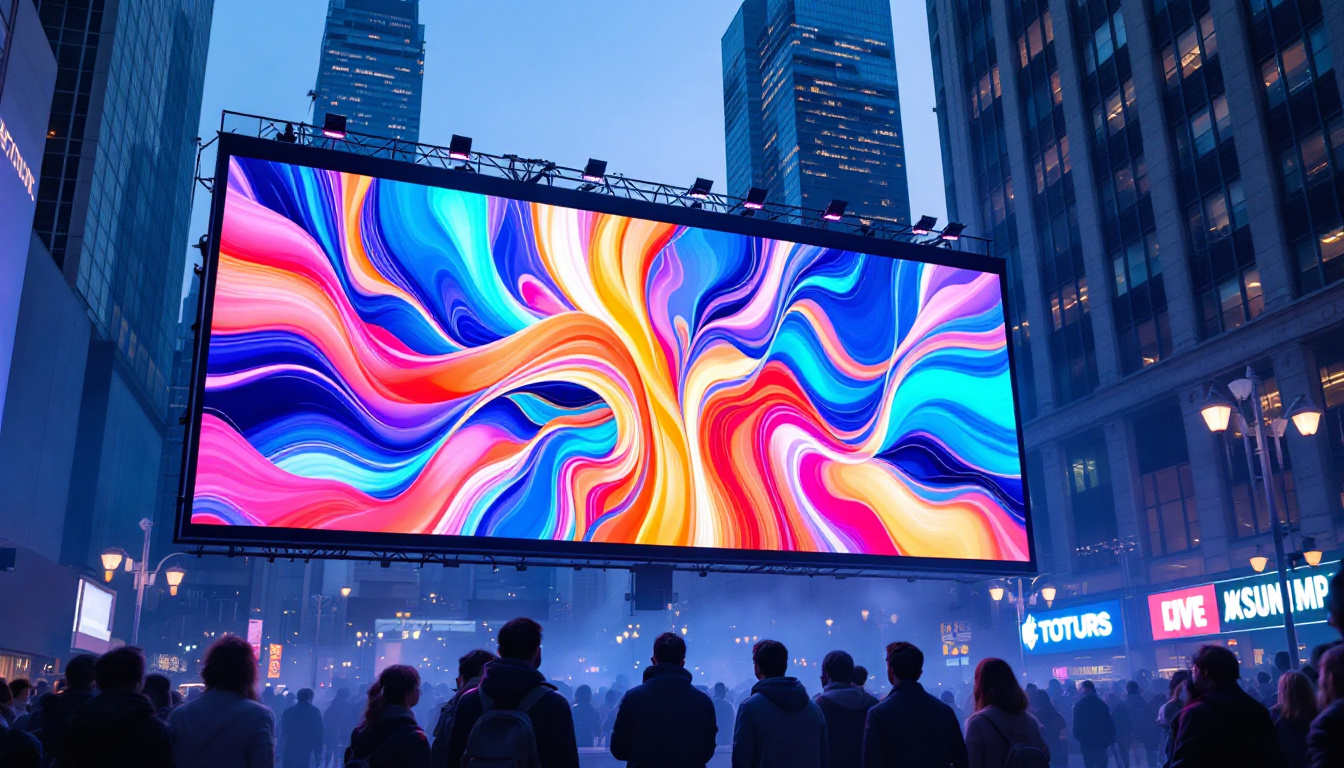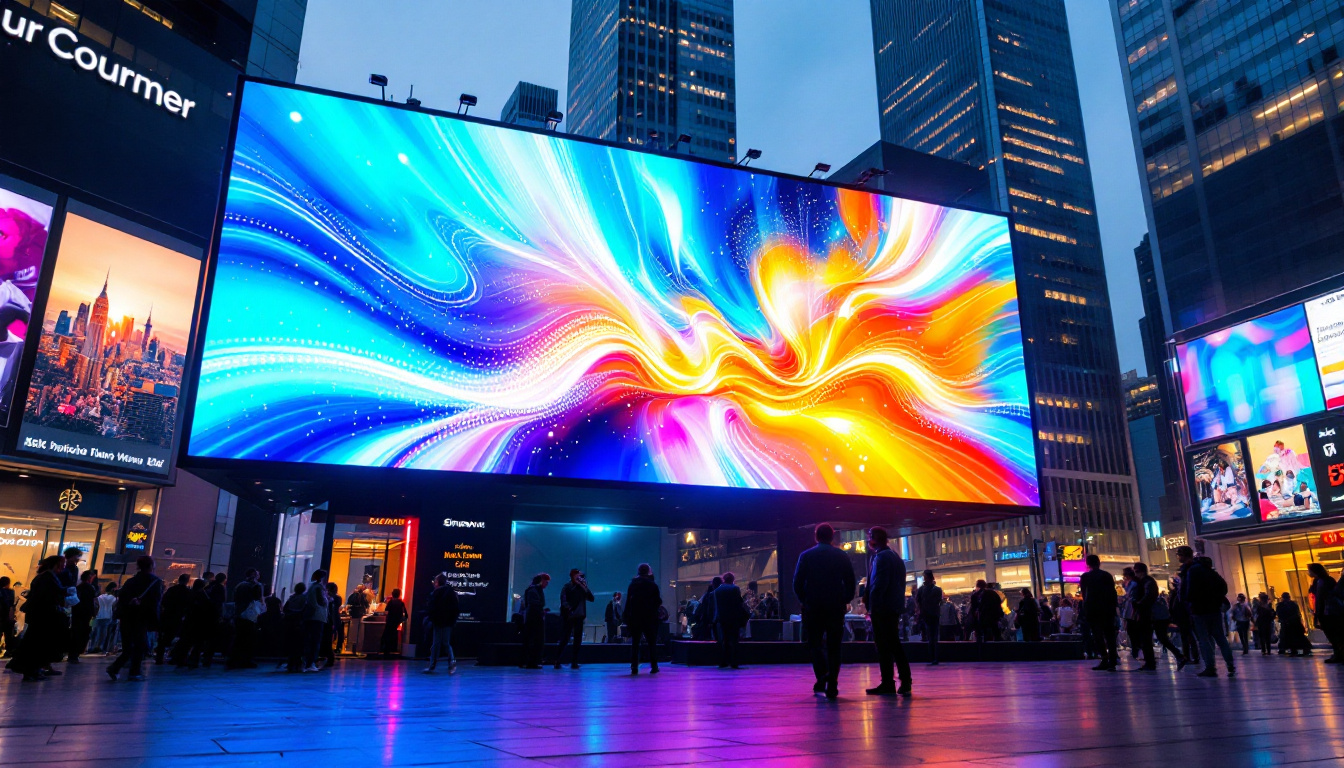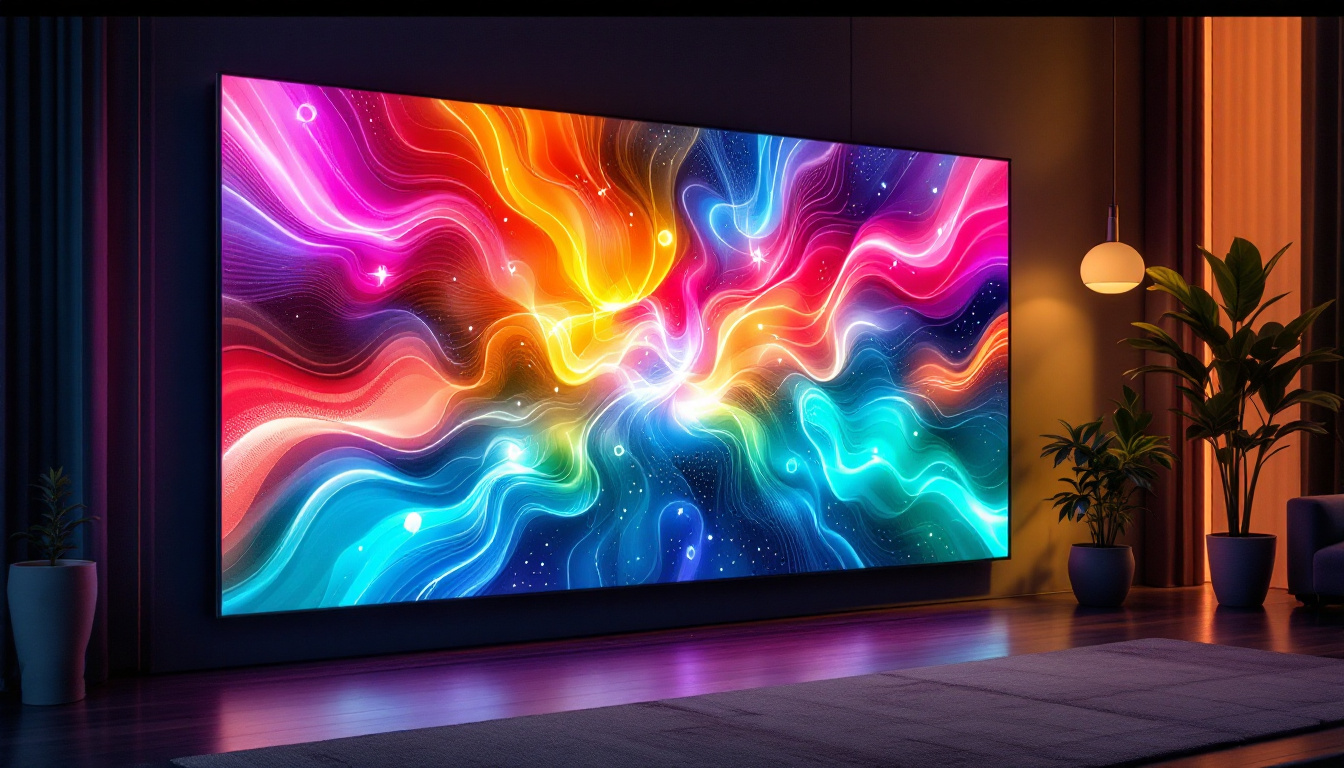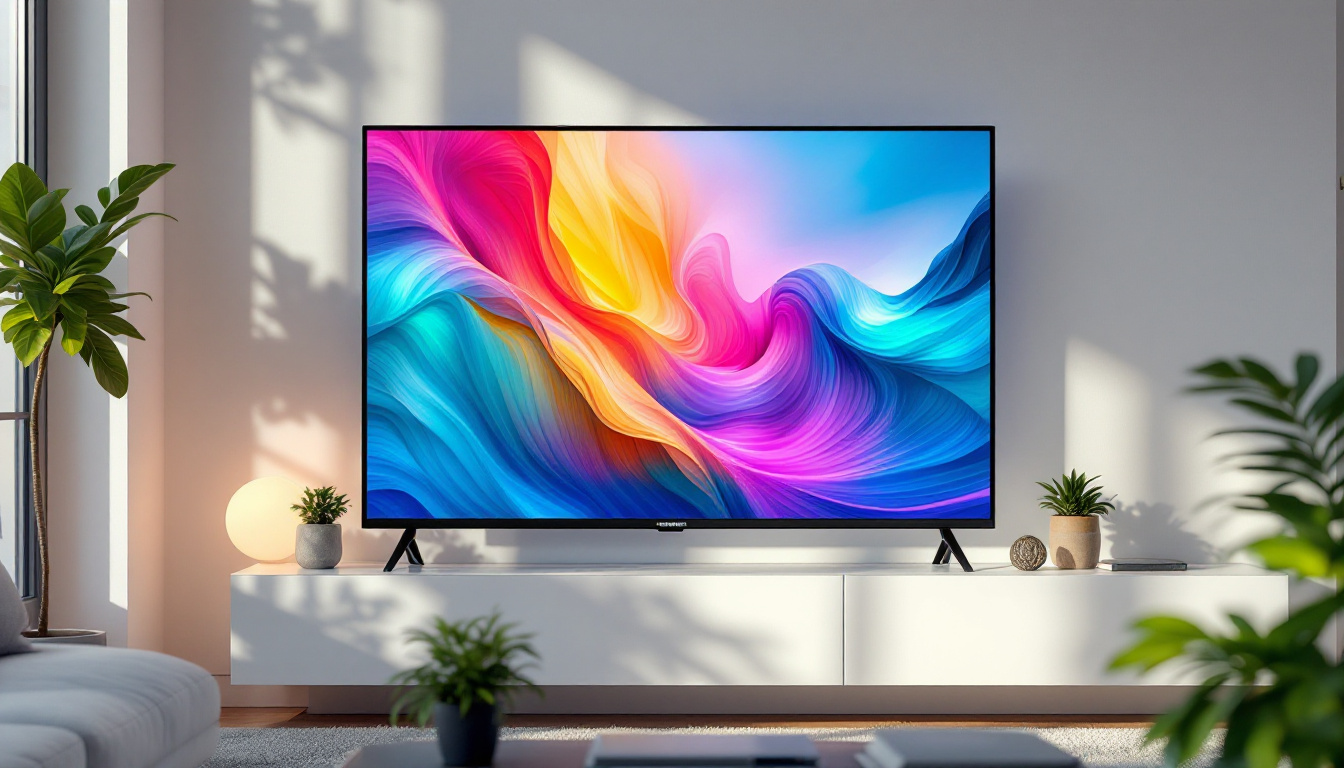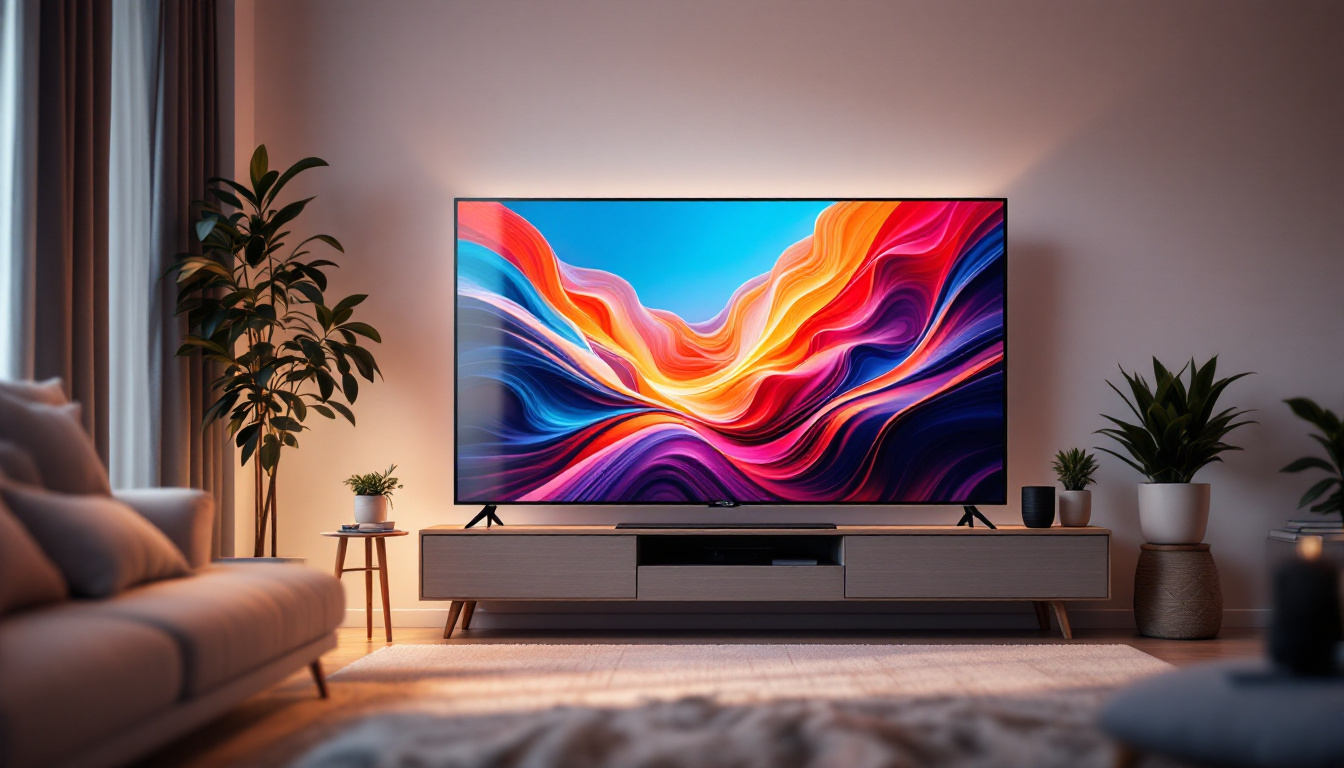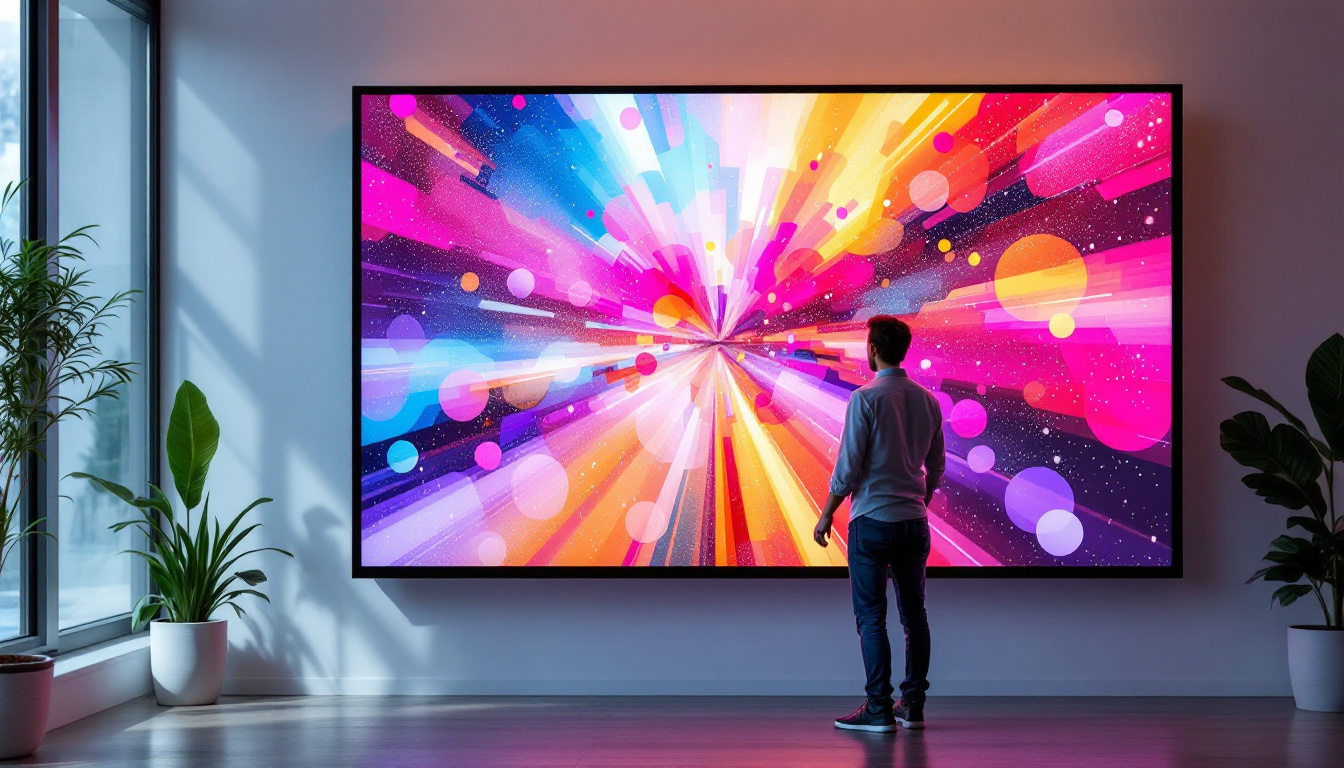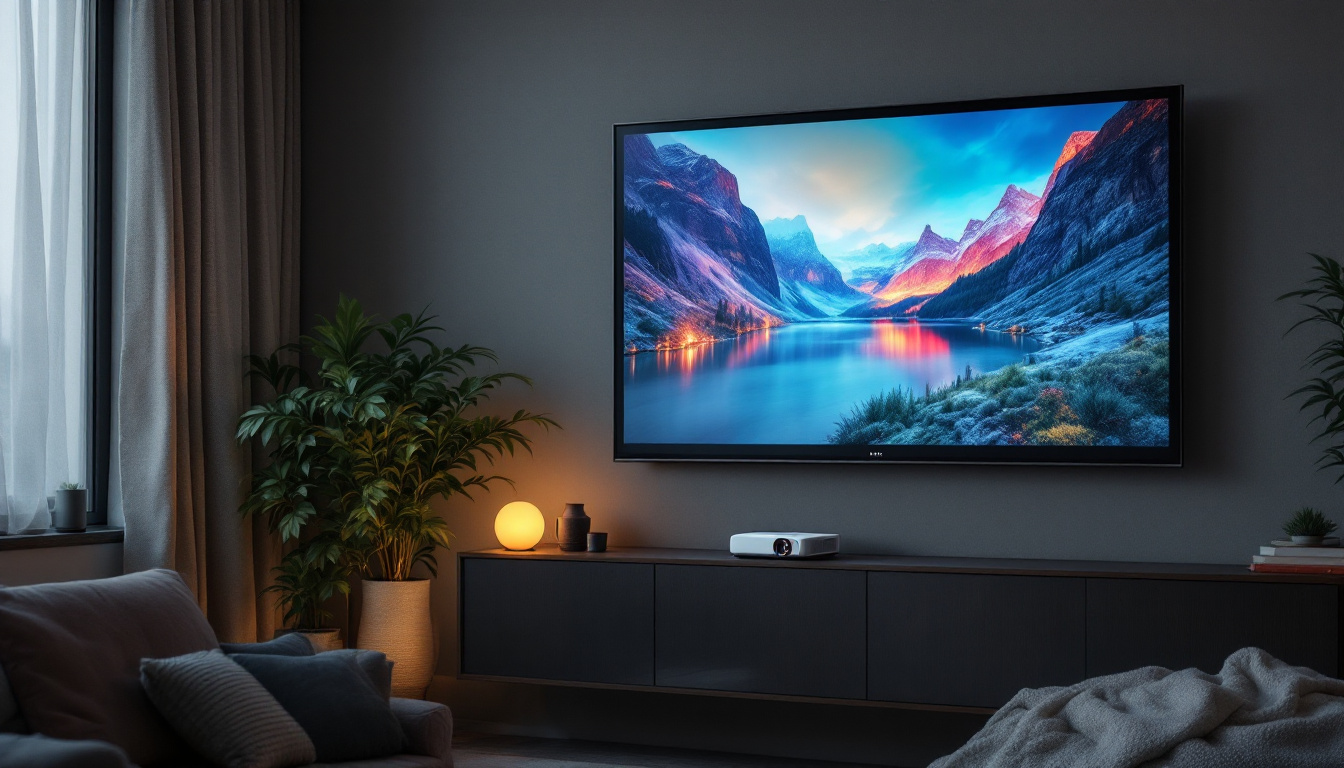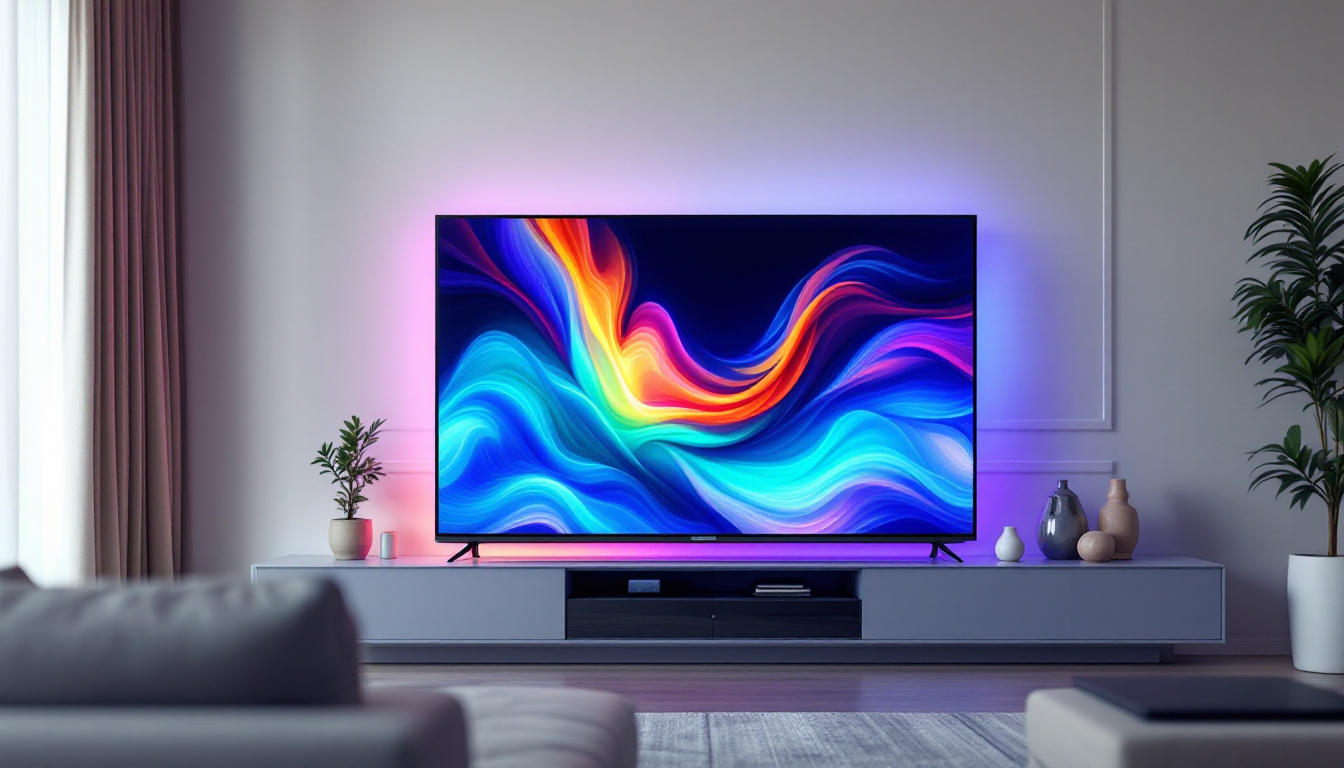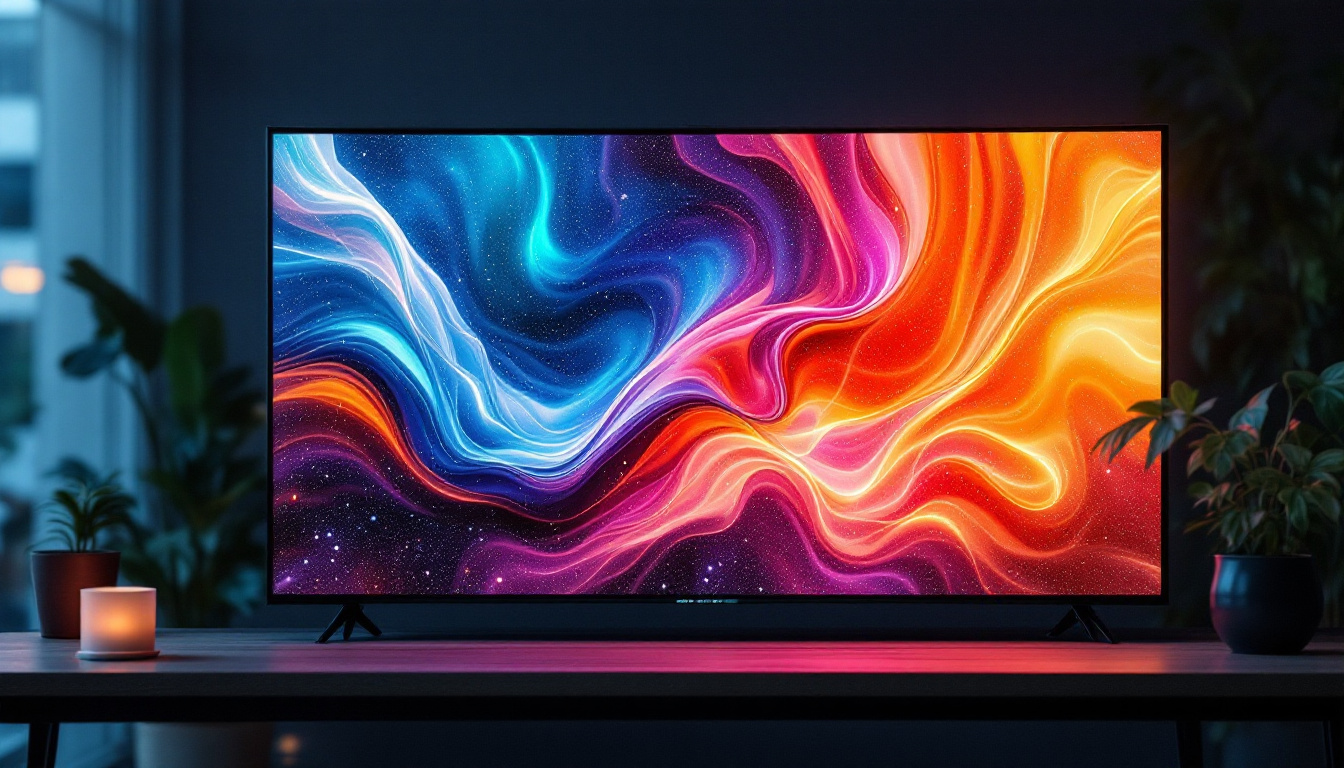In the ever-evolving world of display technology, OLED (Organic Light Emitting Diode) has emerged as a frontrunner, captivating audiences with its vibrant colors and deep contrasts. Among the various terms associated with this technology, “OLED PSF” has gained attention. This article aims to demystify OLED PSF, exploring its functionality, advantages, and the impact it has on modern display systems.
Understanding OLED Technology
Before diving into OLED PSF, it’s essential to grasp the fundamentals of OLED technology. OLED displays utilize organic compounds that emit light when an electric current passes through them. This characteristic allows each pixel to produce its own light, eliminating the need for a backlight, which is a common requirement in traditional LED displays. This unique feature not only contributes to the sleek design of OLED devices but also enhances energy efficiency, as pixels can be turned off completely when displaying black, resulting in lower power consumption.
How OLED Works
At the heart of OLED technology are organic materials sandwiched between two electrodes. When voltage is applied, electrons and holes recombine in the organic layer, emitting light. This process is known as electroluminescence. The emitted light can be manipulated to produce various colors, resulting in stunning visuals. The color accuracy and vibrancy of OLED displays are often unmatched, making them a favorite among filmmakers and graphic designers who require precise color representation.
One of the standout features of OLED displays is their ability to achieve true black levels. Since individual pixels can be turned off completely, OLED screens can render deep blacks, enhancing contrast and color accuracy. This capability is particularly beneficial for viewing high-definition content, where detail in dark scenes is crucial. Moreover, the rapid response time of OLED technology minimizes motion blur, making it an excellent choice for fast-paced video games and action films, where clarity and detail are paramount.
Comparing OLED with Traditional LED Displays
While traditional LED displays utilize a backlight to illuminate the screen, OLED technology operates differently. The absence of a backlight allows OLED displays to be thinner and more flexible, paving the way for innovative designs. Additionally, OLED screens typically offer wider viewing angles and faster response times, making them ideal for dynamic content. This means that whether you’re watching from the side or directly in front, the colors and brightness remain consistent, providing an immersive viewing experience.
However, OLED technology is not without its challenges. Burn-in, a phenomenon where static images persist on the screen, can occur if the same content is displayed for extended periods. Manufacturers have developed various techniques to mitigate this issue, but it remains a consideration for potential users. To combat burn-in, some OLED screens incorporate pixel-shifting technology, which subtly moves the image on the screen to prevent any one pixel from being overused. Furthermore, advancements in software algorithms are being implemented to help reduce the risk of burn-in, ensuring that users can enjoy the stunning visuals of OLED technology without the worry of permanent image retention.
What is OLED PSF?
OLED PSF, or OLED Panel Self-Refresh, is a technology designed to enhance the performance of OLED displays, particularly in gaming and high-refresh-rate scenarios. This feature allows the display to refresh only the pixels that have changed, rather than refreshing the entire screen continuously.
The Mechanics of OLED PSF
In traditional display systems, the entire screen is refreshed at a set rate, often 60Hz or higher. This means that even static images are redrawn multiple times per second, consuming more power and potentially causing unnecessary wear on the display. OLED PSF addresses this by monitoring pixel changes and selectively refreshing only those pixels.
This selective refresh mechanism not only conserves energy but also reduces the likelihood of burn-in, as static elements on the screen are not constantly being redrawn. For gamers, this translates to smoother visuals and improved responsiveness, particularly in fast-paced gaming scenarios. The technology leverages advanced algorithms to determine which pixels need refreshing, allowing for a more intelligent and efficient use of the display’s capabilities.
Benefits of OLED PSF
The introduction of OLED PSF brings several advantages to the table. First and foremost, the energy efficiency of displays equipped with this technology is significantly improved. By reducing the number of pixels that need to be refreshed, OLED PSF can extend the lifespan of the display while also lowering power consumption.
Moreover, the enhanced performance in dynamic content scenarios cannot be overstated. Gamers and content creators benefit from reduced latency and smoother frame transitions, making for a more immersive experience. This technology also enhances the overall visual quality, as it allows for more precise control over pixel illumination. Additionally, the ability to maintain high-quality visuals while minimizing power usage makes OLED PSF an attractive option for mobile devices, where battery life is often a critical concern. As a result, users can enjoy longer gaming sessions or binge-watch their favorite shows without the constant worry of draining their device’s battery.
Furthermore, OLED PSF contributes to a more environmentally friendly approach to display technology. By reducing the energy consumption of displays, it not only helps in lowering electricity bills but also contributes to a reduction in carbon footprint. As consumers become increasingly aware of their environmental impact, technologies like OLED PSF that promote sustainability will likely gain more traction in the market. This shift towards greener technology is not only beneficial for the planet but also aligns with the growing demand for high-performance devices that do not compromise on efficiency.
Applications of OLED PSF
The versatility of OLED PSF makes it suitable for a variety of applications across different industries. From consumer electronics to professional displays, the technology is making waves in several fields.
Consumer Electronics
In the realm of consumer electronics, OLED PSF is becoming increasingly prevalent in high-end televisions and gaming monitors. With the rise of 4K and 8K content, the demand for displays that can handle high refresh rates while maintaining image quality has surged. OLED PSF meets this demand, providing a viewing experience that is both visually stunning and responsive.
Additionally, smartphones and tablets are also leveraging OLED PSF technology. As mobile gaming continues to grow in popularity, manufacturers are integrating this feature to enhance the gaming experience on handheld devices, ensuring that users enjoy smooth graphics and vibrant colors. The deep blacks and high contrast ratios offered by OLED PSF contribute to a more immersive experience, allowing gamers to spot details in dark scenes that might otherwise be missed on traditional LCD screens. This enhancement not only elevates gameplay but also enriches media consumption, making streaming movies and shows a visually captivating experience.
Professional Displays
In professional settings, such as graphic design and video editing, color accuracy and display performance are paramount. OLED PSF technology allows professionals to work with high-fidelity visuals while minimizing the risk of burn-in, which can be a significant concern when displaying static images for extended periods.
Furthermore, in the field of medical imaging, OLED PSF can improve the clarity and detail of images, aiding in diagnostics and analysis. The ability to selectively refresh pixels ensures that critical information is displayed accurately without the risk of image retention. This capability is particularly beneficial in radiology, where precise imaging can be the difference between accurate diagnosis and oversight. Moreover, the lightweight and thin profile of OLED PSF displays make them ideal for portable medical devices, allowing healthcare professionals to utilize high-quality imaging technology in various settings, from hospitals to remote clinics. The enhanced visibility and detail also facilitate better communication between medical staff and patients, as they can easily share and explain imaging results in a clear and visually engaging manner.
The Future of OLED PSF
As technology continues to advance, the future of OLED PSF looks promising. Researchers and manufacturers are exploring new ways to enhance the capabilities of OLED displays, focusing on improving efficiency, durability, and visual quality.
Innovations on the Horizon
One area of innovation is the development of new organic materials that can further enhance the performance of OLED displays. These materials aim to improve brightness, color accuracy, and longevity, making OLED displays even more appealing for a wide range of applications.
Additionally, advancements in manufacturing processes are expected to reduce production costs, making OLED technology more accessible to consumers. As prices decrease, the adoption of OLED PSF displays is likely to increase, leading to a broader range of products featuring this technology.
Integration with Other Technologies
Another exciting prospect is the integration of OLED PSF with other emerging technologies, such as augmented reality (AR) and virtual reality (VR). As these technologies gain traction, the demand for high-performance displays that can deliver immersive experiences will grow. OLED PSF could play a crucial role in meeting these demands, providing the responsiveness and visual fidelity required for AR and VR applications.
Conclusion
OLED PSF represents a significant advancement in display technology, offering a host of benefits that enhance the viewing experience across various applications. By allowing for selective pixel refreshing, this technology not only improves energy efficiency but also reduces the risk of burn-in, making it an attractive option for consumers and professionals alike.
As OLED technology continues to evolve, the future looks bright for OLED PSF. With ongoing innovations and increasing adoption across industries, it is poised to redefine the standards of display performance, ensuring that users enjoy stunning visuals and seamless experiences for years to come.
In a world where visual quality is paramount, OLED PSF stands out as a testament to the potential of modern display technology, paving the way for a new era of immersive viewing experiences.
Discover the Future of Visual Experience with LumenMatrix
Ready to elevate your visual storytelling? LumenMatrix is at the forefront of LED display innovation, offering a wide array of solutions that bring your content to life. From Indoor and Outdoor LED Wall Displays to specialized options like Vehicle, Sports, and Floor LED Displays, our technology is designed to captivate and engage. Embrace the new era of immersive viewing experiences with our Custom, All-in-One, and Transparent LED Displays. Check out LumenMatrix LED Display Solutions today and transform the way you communicate visually.



